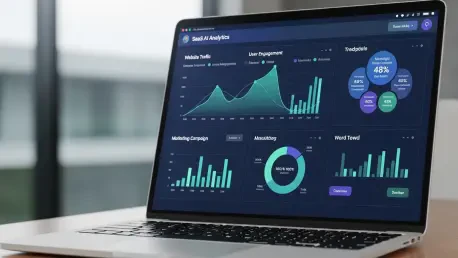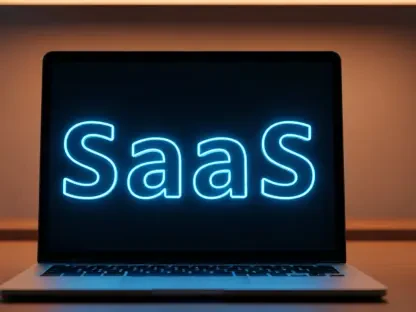I’m thrilled to sit down with Vijay Raina, a renowned expert in enterprise SaaS technology and software design. With years of experience in shaping innovative tools and providing thought leadership in architecture, Vijay has a deep understanding of how SaaS companies can leverage analytics and AI to transform their products. In our conversation, we explore the growing importance of self-service analytics, the game-changing role of AI, the complexities of multi-tenant environments, and how these technologies can drive growth and new revenue streams for SaaS businesses. Let’s dive into the insights he has to share.
How would you describe self-service analytics for SaaS companies, and what’s driving its rise in importance?
Self-service analytics, at its core, is about empowering users to explore and analyze data on their own without needing constant support from IT or data teams. For SaaS companies, this means embedding tools directly into their platforms so customers can generate insights tailored to their needs. Unlike traditional analytics, which often relied on static reports or expert intervention, self-service puts the power in the hands of the end user. It’s becoming a must-have because customers now expect instant, personalized data experiences. They don’t want to wait for answers—they want to dig in themselves, and SaaS products that can’t deliver this risk falling behind.
What role does AI play in enhancing self-service analytics for users?
AI is a game-changer in self-service analytics because it simplifies complex data processes. It can automatically identify patterns, suggest relevant insights, or even answer natural language questions, which means users don’t need to be data scientists to get value. For example, AI can predict trends or flag anomalies without the user having to set up complicated queries. When paired with self-service tools, it lowers the learning curve and makes analytics accessible to everyone, from casual users to power users, ultimately creating a more intuitive and impactful experience.
Can you explain what a multi-tenant environment is and why it poses unique challenges for SaaS analytics?
A multi-tenant environment is a setup where a single instance of a SaaS application serves multiple customers, or tenants, while keeping their data separate and secure. It’s common in SaaS because it’s cost-effective and scalable. However, delivering analytics in this setup is tricky because each tenant might have different data needs, security requirements, and customization demands. Balancing performance, privacy, and flexibility across hundreds or thousands of tenants is a huge challenge, and poorly designed systems can struggle with speed or data isolation. That’s where specialized architectures come in to ensure every customer gets a seamless, secure experience.
How are analytics and AI becoming key differentiators for SaaS companies in a competitive market?
Analytics and AI set SaaS companies apart by turning raw data into a strategic asset. They help drive customer growth by offering actionable insights that solve real problems, making the product indispensable. For retention, these tools increase stickiness—when customers rely on your analytics for decision-making, they’re less likely to switch to a competitor. I’ve seen companies transform their offerings by embedding these capabilities; for instance, a SaaS platform in the logistics space used AI-driven insights to help clients optimize routes, which not only boosted user engagement but also justified premium pricing tiers. It’s about creating value that customers can’t find elsewhere.
In what ways can SaaS leaders turn analytics and AI into new revenue opportunities?
Monetizing analytics and AI is a powerful strategy for SaaS companies. One approach is to offer analytics as a premium add-on or tiered feature, where basic access is included, but advanced capabilities like AI-driven forecasting come at an extra cost. Another is packaging insights as standalone products, like industry-specific reports that customers can subscribe to. Pricing needs to reflect the value—don’t undervalue these tools, but also avoid alienating smaller customers with high costs. The key is to test different models, like usage-based pricing, and listen to customer feedback. Of course, there’s a risk of overpromising on AI capabilities, so transparency about what’s delivered is crucial to maintain trust.
What’s your forecast for the future of self-service analytics and AI in the SaaS industry?
I believe self-service analytics and AI will become the backbone of every successful SaaS product in the next few years. We’re moving toward a future where these tools aren’t just features but the core of how customers interact with platforms. AI will get even smarter, with more natural language processing and automation, making data exploration as easy as having a conversation. At the same time, I expect multi-tenant architectures to evolve, handling even larger datasets with tighter security. For SaaS companies, the ones that invest in these areas now will build a competitive edge that’s hard to replicate, while those who lag behind may struggle to keep up with customer expectations. It’s an exciting time, and I’m eager to see how innovation unfolds.









